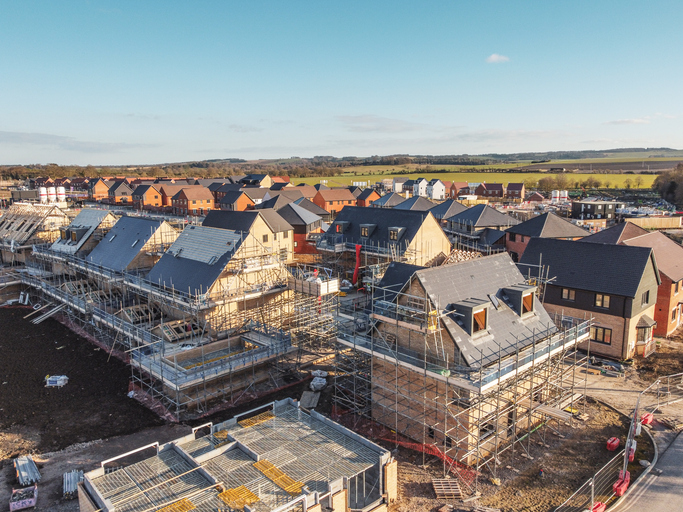Vicky McDonald in our Strategic Land team, and a planning law specialist issues an update. With the Government target to deliver 1.5million homes in the next five years, the National Planning Policy Framework (NPPF) is seen as the key to unlocking this delivery.
In July 2024 the Labour Government published a consultation on the proposed new NPPF and today we will see the outcome of that consultation. The Government received over 10,000 responses to the consultation, and we are expecting the published NPPF to refine some of the proposals set out in the initial consultation.
What can we expect?
- The reintroduction of mandatory housing targets for local planning authorities, which in some areas of the Thames Valley will see some local authorities with an increase to their target of 75%
- A new and revised definition of what constitutes the “grey belt” (or as some may say, low quality green belt). Whilst development on brownfield sites should remain the first priority (and if development is proposed on brownfield, the default conclusion must be ‘yes’), the idea of ‘grey belt’ second is to be introduced.
- New ‘golden rules’ for development on the green belt ensuring that any development delivers the necessary infrastructure like nurseries, GP surgeries and transport. There is also reference to the provision of a “premium” level of affordable and social housing.
- New 12 week timetable from the publication of the new NPPF (today) for local planning authorities to commit to timetables for new local plans (noting that only one third of local authorities have an adopted local plan within the last 5 years).
The overall target to deliver 1.5million homes in the next five years remains a bold and ambitious one, but it remains clear that we need to be delivering more homes than currently, to keep up with demand and the concept of ‘affordability’ for those most in need must remain key in that deliverability.
Landowner opportunities
For landowners, with many local authorities already failing to show sufficient supply (even against their existing targets), we are likely to see a fresh call for sites in early 2025 as local authorities look to prepare and submit plans that look to meet their revised targets and so there will be fresh opportunity to unlock land for development, especially in areas where the target is increasing substantially. In a warning (perhaps to those local authorities that have already submitted their local plans (in an attempt to get it submitted before the new NPPF was published)) where plans are based on old targets and are still in place from July 2026, those local authorities will need to demonstrate a 6-year housing supply instead of 5.
There is a window of opportunity to enter into a promotion agreement or option agreement, if landowners are minded to do so, sooner rather than later so as to “catch the wave” before housebuilder budgets are fully committed elsewhere or housing needs are met by other landowners. Otherwise this ‘generational’ chance to secure a substantial uplift on agricultural values could be lost.
The planning landscape looks set to change but we wonder if the government is about to face a backlash from many labour controlled local authorities (many of whom objected to the new mandatory targets) in the meantime?
A detailed note on the NPPF will follow, after its publication.

